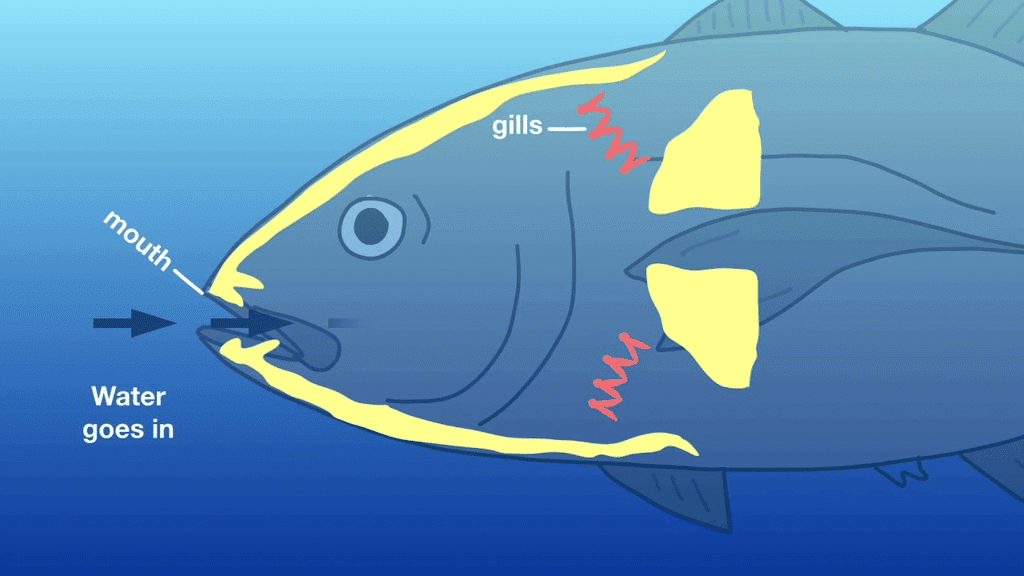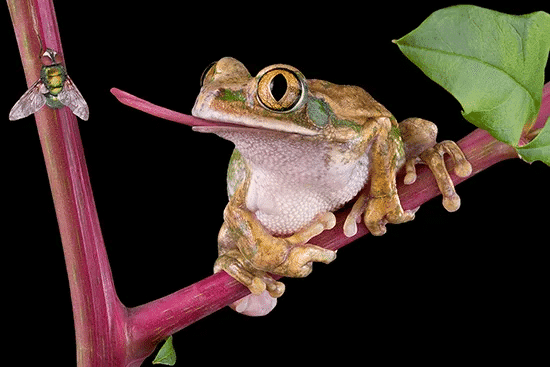Short Answer Questions : Animals: Feeding Habits | Science for Class 3 PDF Download
Q1: What are the two main groups animals are classified into?
Ans: Animals are classified into those with backbones and those without backbones.
Animals without backbones: amoeba, jellyfish, earthworms, roundworms, snails, insects, and starfish.
Animals with backbone: Fish, amphibians, reptiles, birds, and mammals.
Q2: How do insects move?
Ans: Insects move using their six legs to crawl or hop. Some, like butterflies and mosquitoes, have wings to fly.
Q3: How do fish breathe?
Ans: Fish breathe using gills to take oxygen from water. Gills help them live in rivers and seas.

Q4: What makes amphibians special?
Ans: Amphibians can live on land and in water. They have wet skin and can jump or swim.
Q5: How do snakes move without legs?
Ans: Snakes slide on the ground using strong muscles and smooth scales.Their muscles tighten and loosen to move forward.
Q6: What helps birds fly?
Ans: Birds fly using wings and feathers. Their hollow bones make them light for flying.
Q7: What do mammals eat?
Ans: Mammals can be herbivores, carnivores, or omnivores. They eat plants, other animals, or both.
Q8: How do frogs catch food?
Ans: Frogs catch small insects with their long, sticky tongues.They use their large eyes to spot food.

Q9: How do whales and dolphins breathe?
Ans: Whales and dolphins breathe air through a blowhole on their heads. They come to the water’s surface to breathe.
Q10: How do most mammals reproduce?
Ans: Most mammals give birth to live young ones. They feed their babies with milk and care for them.

Q11: What do herbivore mammals eat?
Ans: Herbivore mammals, like cows and deer, eat only plants.
Q12: Name two carnivore mammals.
Ans: Tigers and lions are carnivore mammals. They eat the flesh of other animals.
Q13: What are omnivore mammals?
Ans: Omnivore mammals, like bears and humans, eat both plants and animal flesh. They have a mixed diet.
|
20 videos|121 docs|32 tests
|
FAQs on Short Answer Questions : Animals: Feeding Habits - Science for Class 3
| 1. What are the different types of animal feeding habits? |  |
| 2. How do herbivores obtain their food? |  |
| 3. What adaptations do carnivores have for hunting? |  |
| 4. Why are omnivores important in an ecosystem? |  |
| 5. How do animals find their food? |  |
















